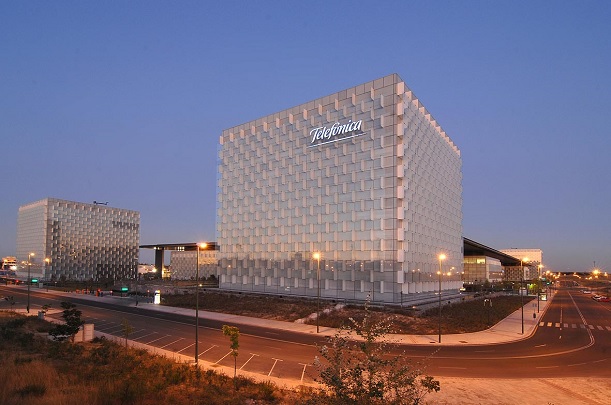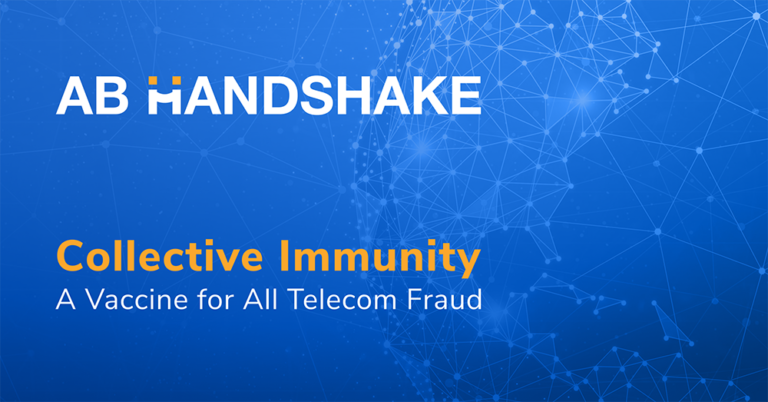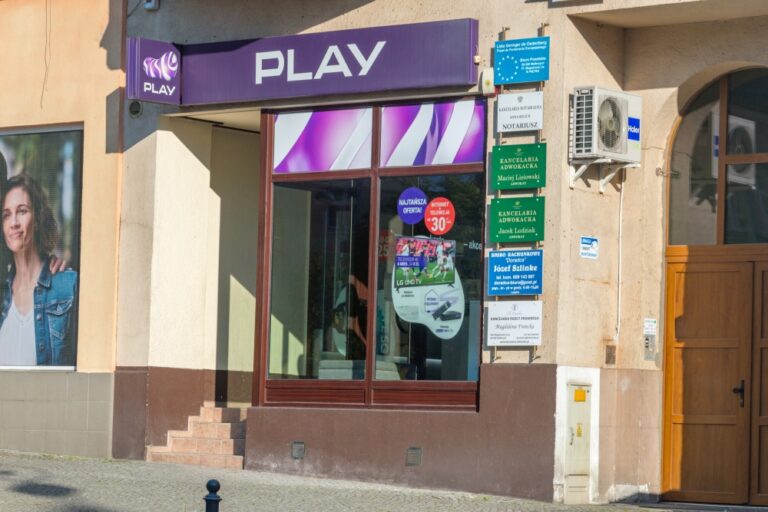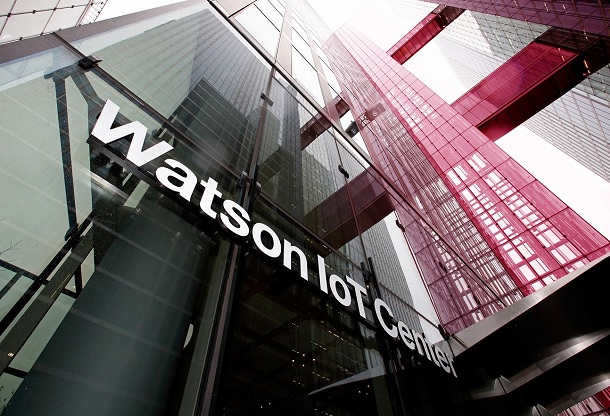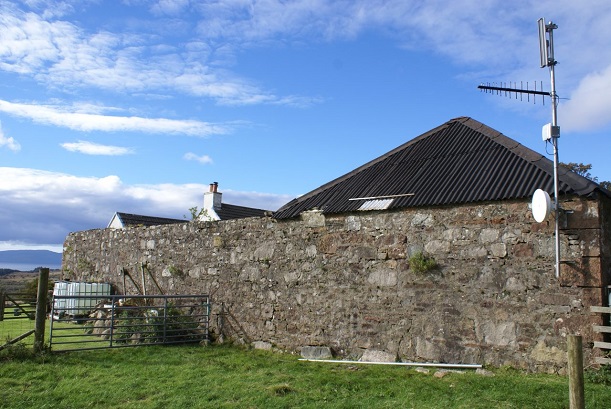Fraud schemes hit telecom operators and other businesses every day costing billions of dollars in financial losses each year. Solutions to stop all fraud in telecoms have not been successful – until now.
Operators and national regulators establish new protocols to detect and prevent telecom fraud. While they are successful in some cases, there’s too much money to be made and the fraudsters always find a way to evolve, slip through the cracks of the fragmented telecom industry and escape with profits.
The key word here is fragmented. This is a key issue in the fight against telecom fraud. Any attempt to eliminate telecom fraud must address this aspect, like a vaccine for a viral pandemic, uniting operators into a community with ‘collective immunity’ against fraud.
While that sounds great, what exactly does it mean in the context of telecom companies? That’s what we’re going to discuss in this article.
Let’s have a look.
Preventing telecom fraud prevention
Telecom fraud has been around since the beginning of telecommunications. While technology has evolved to stop most of the fraud over the years, we haven’t been able to stop all of it. While that sounds pretty good, even if a small percentage of the total fraud attacks succeed, it still leads to billions of dollars in losses for operators and other businesses around the world each year.
These fraud schemes go by dubious names, but this list isn’t exhaustive:
The CFCA has collected data indicating that each of these schemes, alone, cause billions of dollars in revenue losses for telecom companies each year:
- $5bn in losses caused by International Revenue Share Fraud (IRSF)
- $4bn caused by Call Stretching and Short-stopping
- $3.6bn caused by PBX hacking
- $2.7bn caused by Interconnect Bypass
- $2bn caused by CLI Spoofing
- $0.9bn caused by Robocalls
These are staggering numbers and illustrate the importance of constantly innovating existing fraud prevention technologies to stay ahead of scammers because even if fraudsters gain a small foothold in our market, it leads to billions of dollars in losses.
It’s estimated that most companies lose about 5% of their yearly revenue to fraud which can equal millions of dollars in losses.
In short, we’ve come a long way in the fight against telecom fraud,but the fragmented nature of telecommunication processes has made it almost impossible to stop it once and for all by telecom providers around the globe uniting to establish a ‘collective immunity’ from fraud.
This idea came about as the team behind AB Handshake noted that certain pieces were missing from traditional fraud management systems, leaving holes for fraudsters to exploit. In seeking a way to plug’these holes, a solution emerged in the shape of a system that achieves ‘collective immunity’ to fraud, which is akin to the way a vaccine establishes collective immunity among populations to viral pandemics.
To better understand why and how this solution of ‘collective immunity’ works, it’s best to understand the interconnection of a call between operators and why it’s so vulnerable.
Too many moving parts
The fragmented nature of the telecom industry is the main reason there have always been opportunities for fraudsters.
Different regions of the world have different regulations; however, more importantly, telecom services are usually delivered by more than one network operator. A simple example is that a phone call can originate on one cellular network and terminate on a different provider’s fixed-line network.
A more intricate example is that a session can start on mobile phone in a one country, travels the globe on a long-distance network or several networks provided by other telecom operators then terminates on a different mobile network.
The interconnections between multiple operators create opportunities for scammers to embed themselves into the call chain and abuse the service for profit.
Members of the telecommunications community have developed fraud management systems to mitigate fraud, but each has taken an individual approach.
Traditional fraud-fighting solutions
Over the years, fraud management systems have been developed to mitigate fraud attacks, but they only stop most fraud, not all of it. The shortcomings in traditional fraud management systems are in two key areas: operators only being able to monitor activity on their networks, but not their partners’ networks; and a lack of communication between operators
In short, operators can identify manipulations in their network but have no awareness of what’s happening on their partners’ networks. Additionally, they can only detect fraud after it happens and adjust their system settings accordingly in the hope of preventing similar future attacks.
It’s also important to note that fraud isn’t only a matter of financial losses. Increasingly, it causes reputational damage to operators and the brands they serve, leading to mistrust among operators.
In response, individual operators have established and implemented various fraud management systems that are incompatible with those of other operators, which compounds the problem.
Without compatibility between fraud management systems, operators cannot swap fraud-related information.
The answer to stopping telecom fraud
The team at AB Handshake has been well aware of these problems for years and has been developing a solution behind the scenes. They created a solution that unites operators and prevents fraud with a 100% guarantee and no false positives.
The success of their solution lies in technology that unites operators in a leak-proof community, completely free of fraud – like the ‘collective immunity’ established by vaccines.
The basic idea is that operators need a way to communicate call details while they are happening, to cross-validate information and detect even minute forms of manipulation.
When operators can collaborate and cross-validate call details as they are happening in real-time, they can see the full extent of the fraud attacks across any call from end-to-end.
Not only can they detect any manipulation on a call, but they can also block attacks in real-time even before a call is connected.
This allows modern-day telecom operators to shift from the days of reactively understanding attacks after they occur to proactively co-operating to validate calls in real-time across many operators and stop fraud before it occurs.
In other words, the telecom community can now shift from being fragmented, with a lack of communication, to being united and fully sealed off to outside influence.
How AB Handshake works
Here’s how the AB Handshake solution works:
- When an inbound or outbound call is initiated, details of the call are immediately delivered to a call registry.
- The call registry then uses special technology to simultaneously send a validation request to the terminating network, which always reaches there before the actual call.
- The call details then undergo cross-validation from both networks to detect even the slightest forms of manipulation.
|
Operators within the AB Handshake community can cross-validate inbound and outbound call details in real-time before a call is connected. This allows them to detect all forms of manipulation and stop 100% of fraud attacks before they occur, with no false positives.
|
The result is a community of operators working in a 100% fraud-free ecosystem, with full immunity to fraud.
Each additional member of the AB Handshake community strengthens the ecosystem and allows validation of more and more traffic (akin to additional members of a population getting vaccinated and strengthening global immunity to a virus).
The beauty of this solution is in its simplicity and its affordability. If you’re curious about how to implement such a solution into the global network of telecom operators, we’re pleased to inform you that it’s very simple.
Let’s look at how such a ‘collective immunity’ can be achieved and the associated costs.
Can AB Handshake work with my system?
Firstly, the AB Handshake solution is compatible with IP and TDM networks so every kind of operator can use the system, which is a gamechanger for the telecom industry.
AB Handshake continuously takes new operators into its ecosystem, attracting operators by offering straightforward integration without any upfront capex. AB Handshake can take as little as a week to integrate, saving a great deal of time and money compared with other approaches.
Joining the ecosystem is a straightforward process. Operators install the AB Handshake software onto a dedicated server with the help of AB Handshake’s onboarding specialists and the solution can be up and running within a week.
Next they connect it to their network equipment and the system is ready to use. Operators can customize their own security policy rules for in- and out-bound voice traffic.
Once up and running on your local system, you can monitor the whole validation process via an online interface that provides transparency and allows operators to see exactly what is happening within the system.
The interface also gives you the needed logging and export capabilities to enrich the information processed within your existing fraud management system.
In short, integration takes one week, on average, and the solution is compatible with the current settings of any operator’s system.
How much does it cost?
AB Handshake understands that a fraud prevention solution shouldn’t cost more than the potential losses incurred by fraud itself. Here’s how much it costs operators to integrate.
AB Handshake generates revenue by charging for validated calls. When a new operator comes onboard, a portion of their traffic starts to be validated. For example, if an operator has 20 connections with different operators and 10 of them are members of the AB Handshake ecosystem, the solution starts validating all traffic between these members.
Operators are charged for each validated call because this is where the value of this service lies. As more calls are validated, less fraud occurs. Specifically, the AB Handshake system charges for each validated call attempt. This also includes calls in which no manipulation is detected. This is because information on a fraud-free call is also valuable.
The team behind AB Handshake points out that charging is not excessive with our solution. “While onboarding to AB Handshake, we identify an ideal integration option for your specific network and make sure that solution will deliver optimal value with a reasonable cost structure.”
‘Collective immunity’ is the key to establishing a fraud-free community of telecom operators. However, any project of this scale must be affordable. AB Handshake’s pay-as-you-grow model makes it possible for any operator around the world to join our interconnected, fraud-free ecosystem.
Final words
‘Collective immunity’ is the strongest weapon the telecom industry has to stop fraud. Moreover, it achieves what we set out to do – it stops 100% of telecom fraud on all traffic between each member of the ecosystem.
The wider the community grows, the more each member wins. The value of the AB Handshake solution increases as new members join the community and the solution validates a larger share of operator traffic around the world.
As more and more inbound and outbound traffic becomes fraud free, a global ‘immunity’ can be reached, leaving the fraudsters with nowhere to go and solving the problem of telecom fraud, once and for all.
With collective immunity to telecom fraud, we can finally eliminate the billions of dollars of financial losses and the irreparable reputational losses that telecom companies face each year as a result of telecom fraud.
Today, the AB Handshake ecosystem has 200+ operators at various integration stages, from negotiation to contract signing and onboarding.
We are now actively onboarding providers around the globe and the system already validates live traffic to every country in the world.
If you’d like to learn more about AB Handshake and ‘collective immunity’ to fraud, have a look here.
If you’re interested in joining the community today to stop attacks on your network, once and for all, feel free to contact us here and one of our specialists will respond to you today.
We’re waiting for you.


